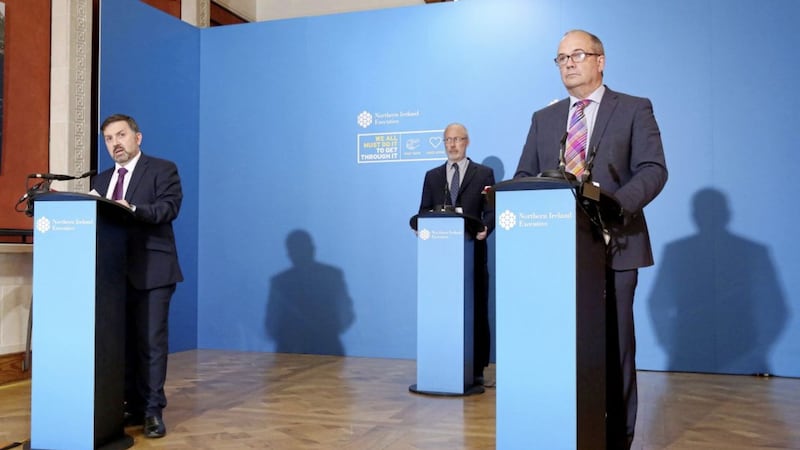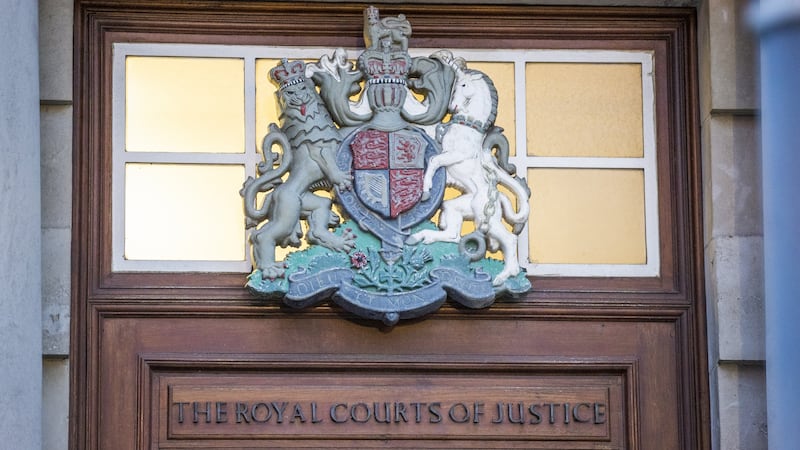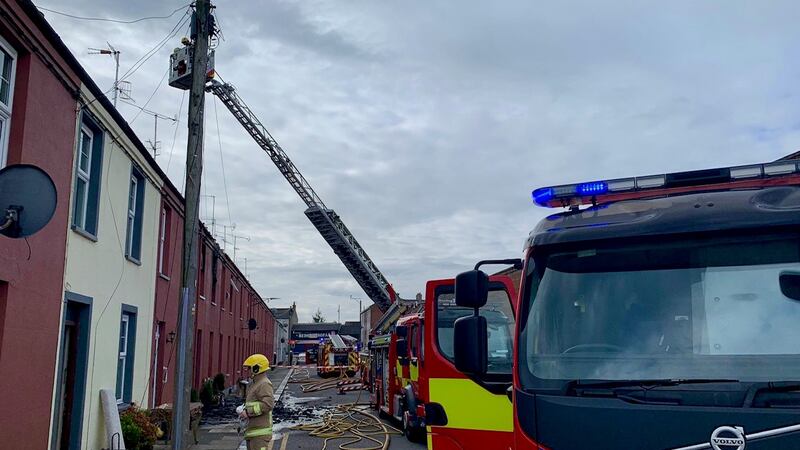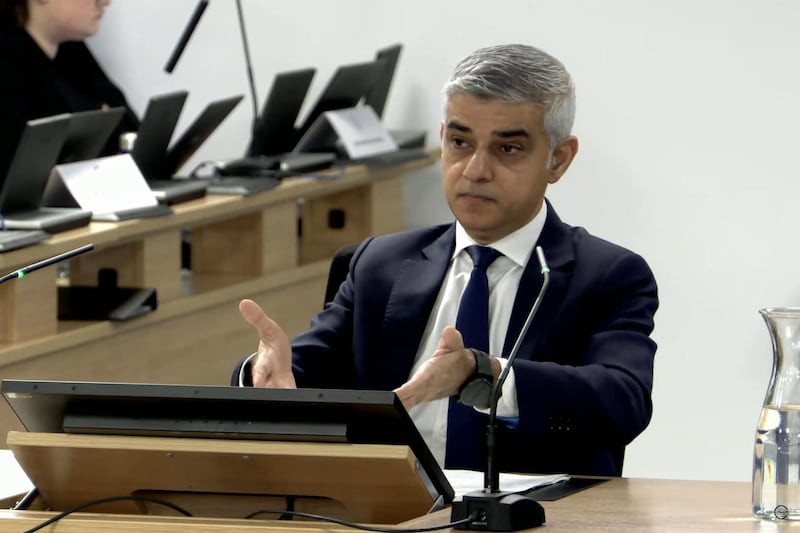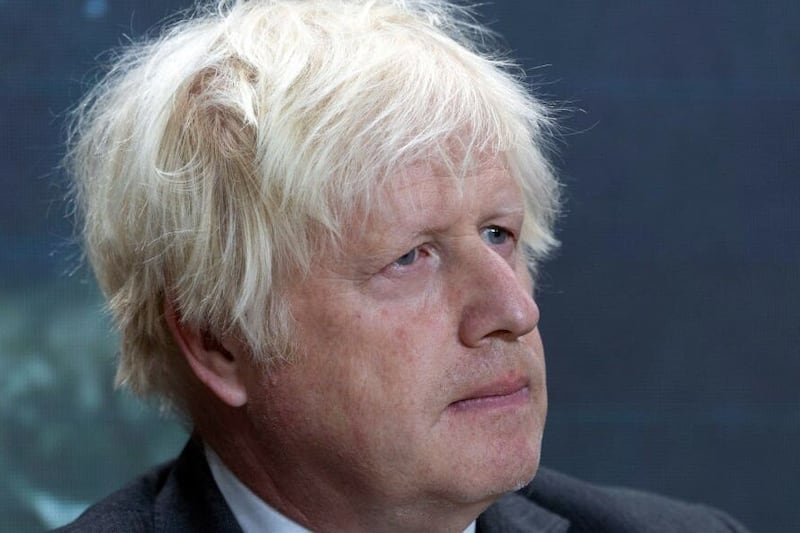THE HEALTH document informing Northern Ireland's new lockdown restrictions centres on a dramatic reduction of the 'R' rate to stop hospitals being overwhelmed and ultimately prevent further Covid deaths.
A draft version of Robin Swann's paper was circulated to members of the Stormont Executive on Sunday evening with little change to yesterday's final version.
The document, seen by The Irish News, sets out the aims of proposed "interventions" and examines the impact of north's first all-out lockdown in March, setting it against where we are now.
Concerns have been raised about the different approach of the north's new four-week restrictions - which close schools, pubs and restaurants but permit the opening of shops, gyms and churches - with a doctors' trade union yesterday blasting them for being too lax and introduced too late.
Dr Tom Black, a Derry based GP who heads up the British Medical Association (BMA) in the north, warned they "don't go far enough".
"It was clear from the rising case numbers across the country and increasing hospital admissions that full lockdown measures needed to be brought in much sooner and it is highly regrettable that this delay in political decision-making has brought our fragile health service closer to the cliff edge," he said.
Questions are also being asked around how a 'partial' shutdown can drive down spiralling infection rates when the trajectory of the virus and hospital admissions are much greater this time round.
Fears about the impact on seriously ill non-Covid patients, including those with cancer and patients requiring organ transplants, are also mounting following the cancellation of more than 100 planned operations in the north's biggest health trust.
Drawn up by Chief Medical Officer (CMO) Dr Michael McBride and Chief Scientific Officer, Professor IanYoung, the health service document notes the "key objective" driving the new lockdown will be to keep the number of Covid patients in general medical hospital beds at "less than 20% of capacity" - which equates to around 320 inpatients.
With the 'R' (virus transmission rate) currently around 1.5, the aim it to get it to 0.7.
The paper notes that compliance with "all aspects" of the current restrictions is declining, "particularly in younger segments of the population and those living in areas of social deprivation".
Comparing this period to the days before the introduction of full lockdown on March 28 - when R was "significantly above 2" - they state inpatient numbers peaked at 10 days after its introduction when 290 people were being treated in hospital with the virus.
With the current figures showing an exponential growth in infection rates and hospital admissions doubling every seven to eight days, the fear is that the "ceiling" would be reached within the next 10 to 12 days. The major worry is the doubling of admissions in people aged over 60.
As of yesterday, there were just 13 ICU beds left in the north's hospitals, with 164 Covid patients in hospital. A total of 24 people were in ICU, with 17 on ventilators.
The heath paper states a four week period of heightened restrictions would ensure the hospital system "would not be at risk of being overwhelmed until late December".
However, the document spells out further 'interventions' would be required "early in 2021 at the latest".
Flexibility around the Christmas period has been factored in to Stormont's planning - already hinted at in briefings by Dr McBride and Professor Young - with health officials allowing for R to rise to 1.4 in December, given the "likelihood of increased population mixing in the run up to Christmas".
They estimate that hospital admissions will rise to 450 to 600 at the peak.
The health chiefs stress the only "realistic prospect" of avoiding further restrictions before Christmas is a "six week intervention" - whereas Stormont leaders have signed off on four.
However, they add that heightened restrictions of between four and six weeks "ideally" will help "prevent the health service being overwhelmed" and "reduce indirect adverse health consequence including excess deaths".
Essentially, they say it will allow a "reset" druing which time "the number of cases and pressures on the hospital system will be significantly reduced, and "appropriate relaxation of restrictions and measures to encourage good population compliance can be implemented."
